Colourised photos of British Red Cross D-Day volunteers revealed
Never-before-seen colourised photographs of British Red Cross volunteers caring for D-Day troops and other soldiers during the Second World War have been released to mark the 80th anniversary of the Normandy landings.
The images help bring to life the work done by the charity’s volunteers to assist injured soldiers and help with evacuations by converting the original black and white images into colour.
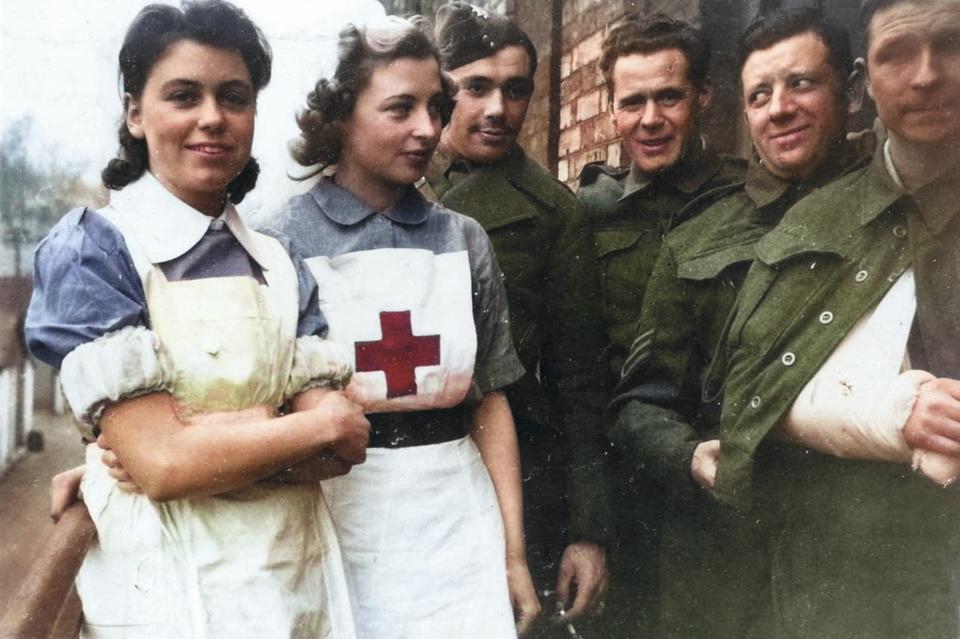
British Red Cross Museum curator Mehzebin Adam-Suter said: “These never-before-seen colourised photos from our collection vividly bring to life the incredible work done by British Red Cross volunteers during the Second World War, including D-Day.
“Our volunteers worked under extremely challenging conditions in Normandy, providing aid to sick and wounded soldiers and assisting with evacuations.
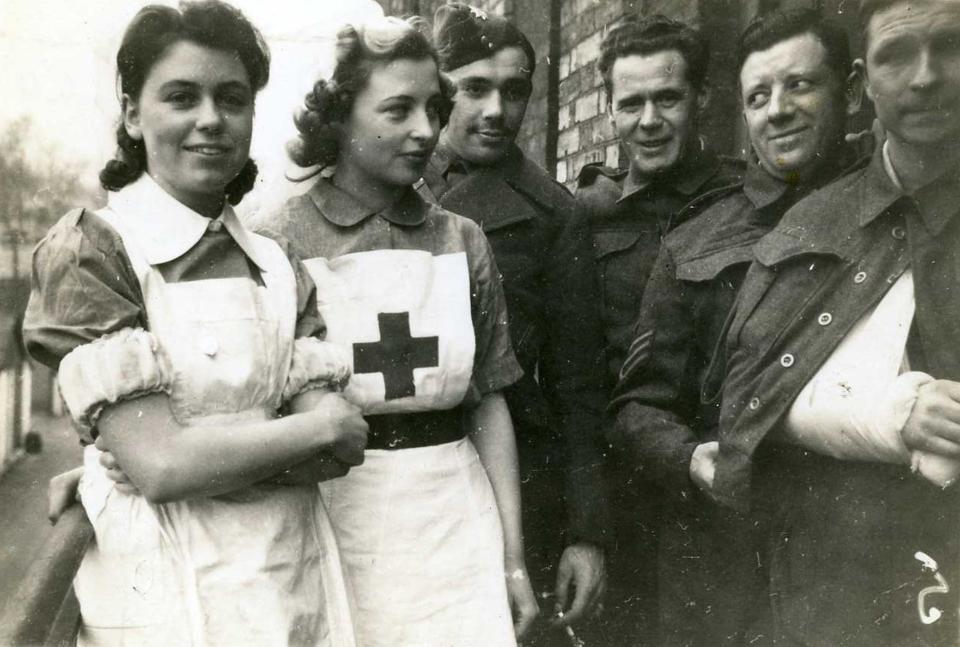
“Meanwhile, others tirelessly worked in the UK, packing and dispatching relief parcels desperately needed during the war.”
Ms Adam-Suter said the photographs help tell the story of the thousands of female volunteers who were involved in the wartime effort.
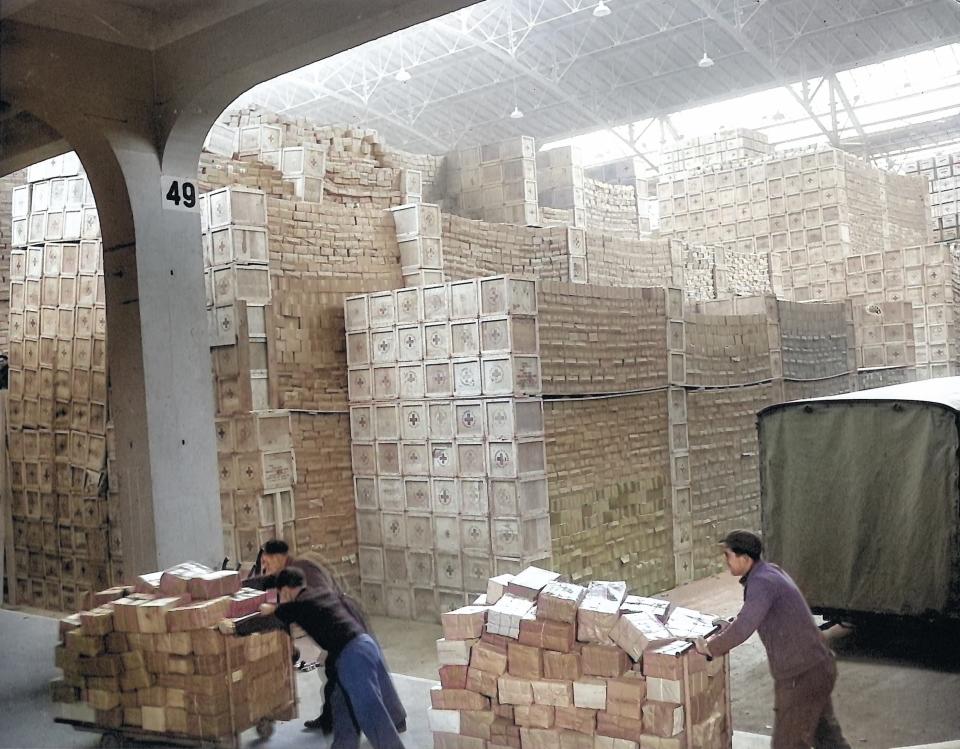
She said: “Women were at the forefront of Red Cross relief operations following the D-Day landings, both in the UK and overseas.
“Their efforts extended beyond providing lifesaving first aid and medical care to the sick and wounded soldiers; they were instrumental in boosting the morale of the men, offering comfort and a sense of normalcy amid the harsh realities of war.”
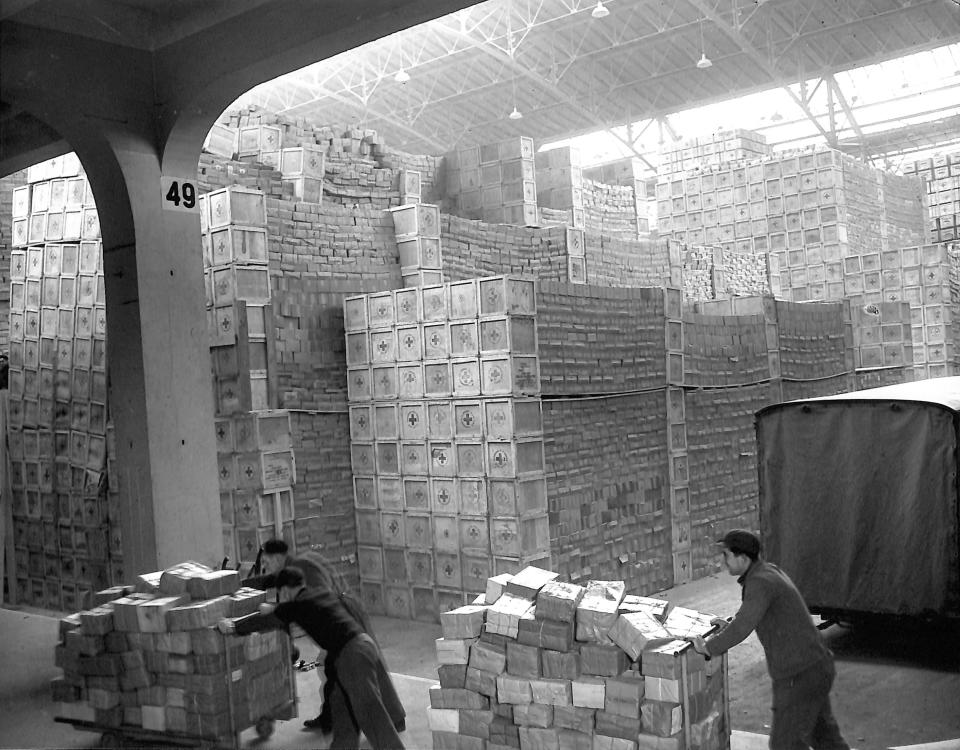
She added: “Women ambulance workers played a vital role during the Second World War. Women demonstrated once again, following the First World War, that they were more than capable of carrying out jobs traditionally seen as inappropriate for women.
“These women were highly competent drivers, transporting and caring for the wounded, while withstanding the trauma of war. Working on the home front, overseas and elsewhere, they were actively shaping history.”
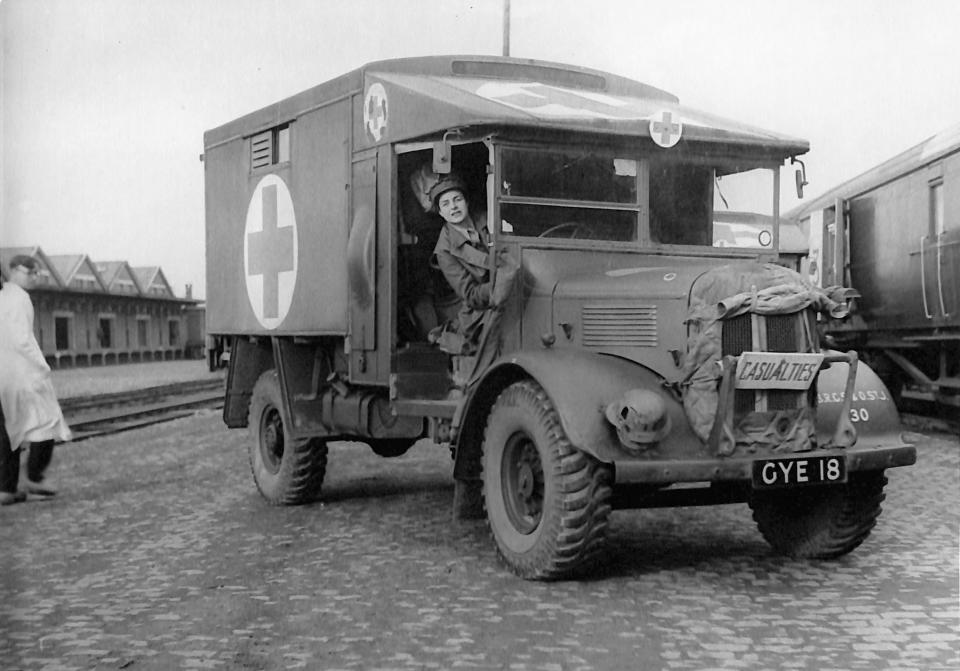
The wartime photographs were converted into colour using a meticulous process, according to British Red Cross designer Jo Wheeler.
She explained: “It’s a painstaking but incredibly rewarding process. When I introduced colour to the images, new details and depths started to emerge, truly bringing them to life.”
She added: “With the help of image layers and masks, I manipulated dozens of colours and hues – recreating a natural skin tone is probably the hardest part to get right.
“The colouring process required a close observation of the historic artefacts in our collection to ensure that the colours were as accurate as we could get them.”


